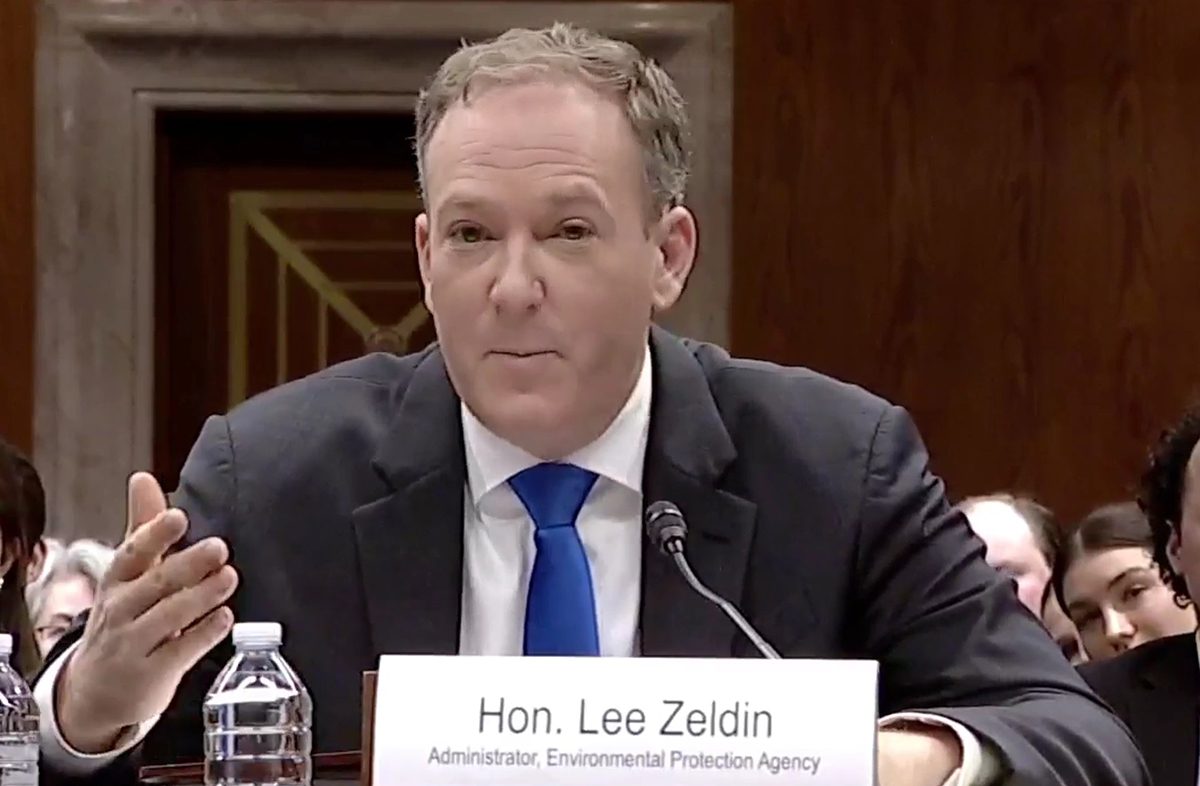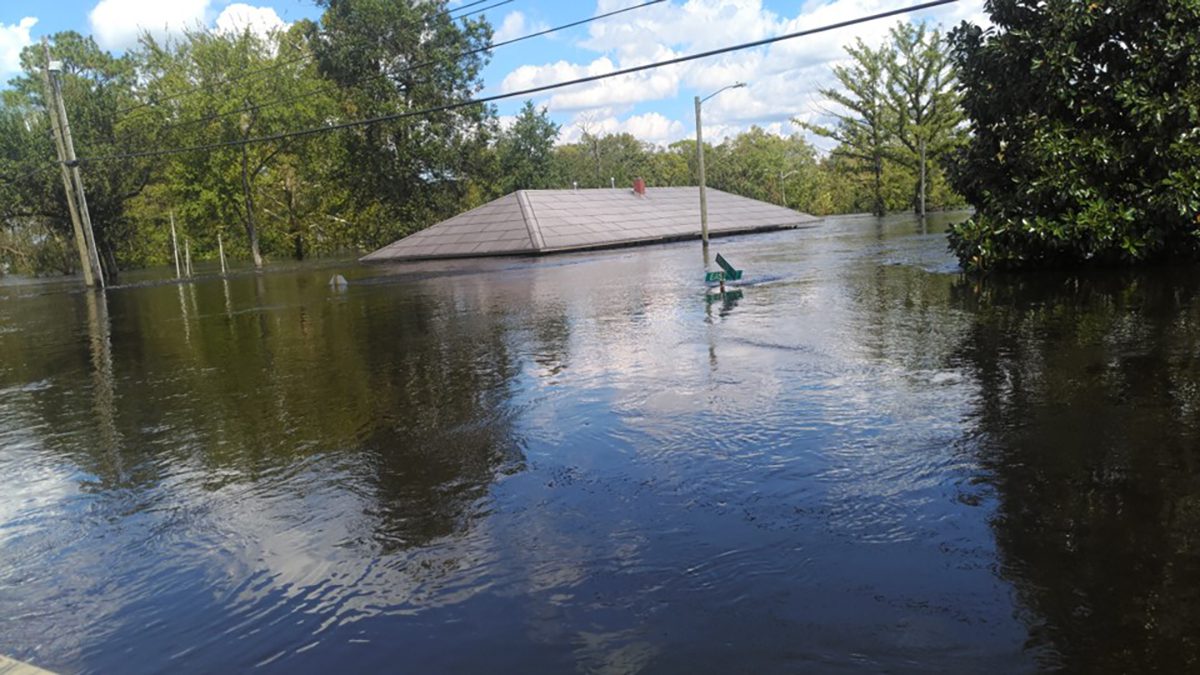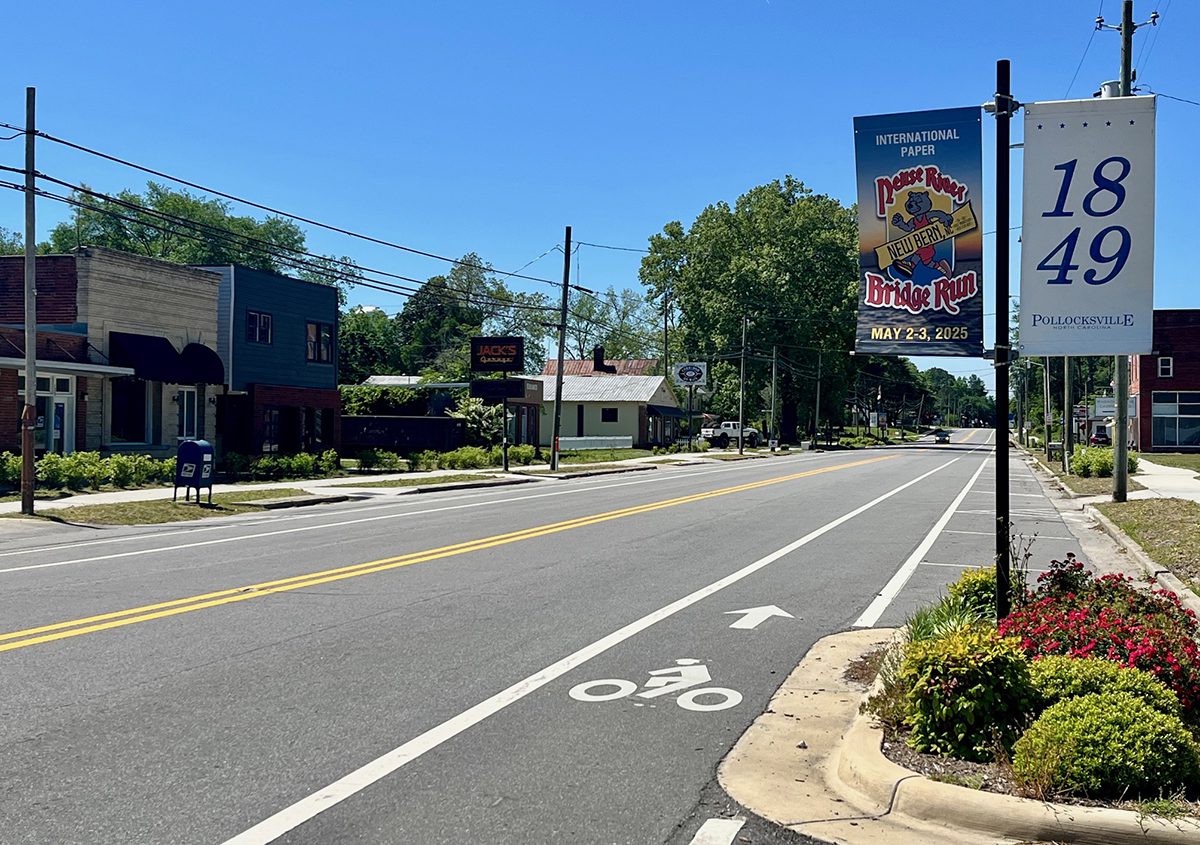RALEIGH — A bill that could be introduced when the N.C. General Assembly convenes Wednesday would prevent state agencies and local governments from planning for the higher seas that many scientists expect later this century as the climate warms.
Instead, the bill requires that any state forecast for future sea-level rise be based on the historical rise of the last century, and it prohibits state agencies and institutions and local governments from developing their own forecasts based on a different standard.
Supporter Spotlight

Dr. Rob Young |
The Senate Agriculture, Environment and Natural Resources Committee was scheduled to hear the bill Thursday, but that meeting has been cancelled.
The proposed bill is a substitute for House Bill 819. That bill, sponsored by Rep. Pat McElraft, R-Carteret, dealt only with oceanfront setback requirements for existing structures. It passed the House last year but wasn’t taken up the Senate. Under legislative rules, the bill can be considered in the so-called short session.
The substitute bill, though, adds language that describes tight rules on how the state develops a sea-level rise rate, a contentious issue that the N.C. Coastal Resources Commission has struggled with for more than two years.
The great majority of climate scientists expect the world’s oceans to rise at an accelerated rate this century as the climate warms. Ocean water expands as it heats ups, called thermal expansion, and melting glaciers will add their volume of water to the oceans. How quickly and how much the seas rise would depend on how warm the climate gets and how fast the glaciers melt.
Supporter Spotlight
After reviewing the scientific literature, the commission’s science panel recommended in a draft policy in 2010 that the state prepare for a sea-level rise of up to 55 inches by 2100, with a 39-inch rise being likely. The recommendation has drawn fire from NC-20, which represents development interests and some coastal counties. It has questioned the science used by the panel and worries that development restrictions to implement the policy would hinder economic growth in coastal counties.
The proposed bill would limit forecasts for future sea-level rise to what the ocean along the N.C. coast did last century. Using that standard, the state would plan for rise of about 12 inches by 2100.
Determining the rate would fall to the N.C. Division of Coastal Management. Language in the bill says the rates “shall be limited to the time period following the year 1900” and that “(R)ates of sea-level rise may be extrapolated linearly to estimate future rates of rise but shall not include scenarios of accelerated rates of sea-level rise.”
Jeffrey Warren declined to comment on the bill or what spurred it, saying it was policy not to comment on legislation that has not been introduced or made public. He is a senior policy advisor on science matters to Sen. Phil Berger, the Senate president pro tem, and a geology professor at the Nicholas School of the Environment at Duke University.
Rob Young, a geology professor at Western Carolina University and a member of the commission’s science panel, called the language on sea-level rise in the bill “bad science.”
“I think the Senate is within its rights to develop a sea-level rise policy,” he said. “What I don’t like about the bill is the science.”
Young said if the bill becomes law the legislature would be choosing a path that runs counter to the findings of the National Academy of Sciences and “every major science organization on the globe.”
It would also make North Carolina the only state to adopt the historical standard and ignore evidence of a more rapid rise. “Every other state in the country is planning on three-feet of sea level rise or more,” he said.
Delaware, for instance, is adopting a plan for sea-level rise of up to 60 inches by the end of the century. Southeast Florida is projecting a 9- to 24-inch rise by 2060, and the California State Lands Commission is preparing for a 55-inch rise by 2100.
Other states haven’t seen development grind to a halt because of their plans, he said, and they’ve allowed planners to develop responses to an accelerated sea level.
“This bill requires the state of North Carolina to live in total ignorance of that,” Young said. “It basically prevents DCM (Division of Coastal Management) from even considering that sea level rise in the future might be different than it is today.”
Michele Walker, spokesperson for the division, said the agency is reviewing the legislation but has not taken a stand on it. Walker said division officials have asked for some “technical clarifications” on the methodology, specifically on monitoring the rise in estuaries. Walker said the Coastal Resources Commission, which must ask the division to develop the official state sea-level rise rate, according to the proposed bill, is still reviewing the draft policy and has been “leaning toward historical rise” as the standard.
Bob Emory, the commission’s chairman, said he has not seen the new legislation and declined to comment on it until he and other commission members have had a chance to review it.
The state’s League of Municipalities is also taking a hard look at the bill because it states that only the state’s coastal counties may adopt rules, ordinances, policies and planning guidelines related to sea-level rise and that they must use state’s authorized rates.

Scott Shuford |
Erin Wynia, a policy analyst, said the league is trying to gather feedback from its members on the proposed bill. She said the main concern is how much it might impact local planning. “What cities and towns do not want to see in the bill are restrictions on policies at the local level. This bill does appear to do that,” she said.
Scott Shuford, a former planning director for Onslow County and the author of a climate handbook for planners published by the American Planning Association, agreed that the bill will make the state unique since most governments worldwide are heading in a different policy direction.
“It’s very difficult to legislate nature,” he said.
The effect of the bill might not be felt at first, Shuford said. The science panel’s research, he said, doesn’t show much of a deviation between the historical and accelerated rates of rise for about 25 years.
“That’s the timeframe for most long-range planning,” he said. “But when you’re talking about public infrastructure that lasts 25 to 50 years it’s more problematic.”
It’s also more of a problem with larger projects, he added.
“If you’re building a sidewalk it may not make a big difference if the legislature says sea-level rise is ‘X’ and the scientists say it’s ‘Y,’” Shuford said.
But bridges, airports, sewage plants and other types large projects require much longer-range planning, he said







